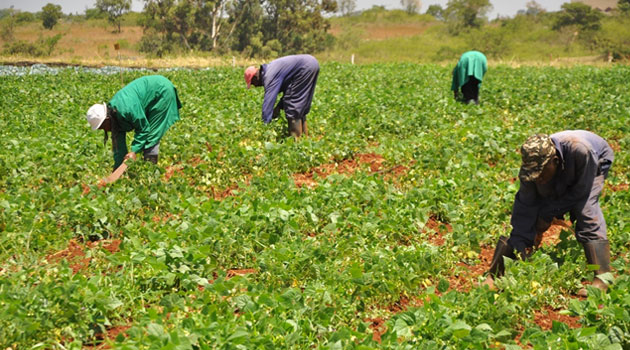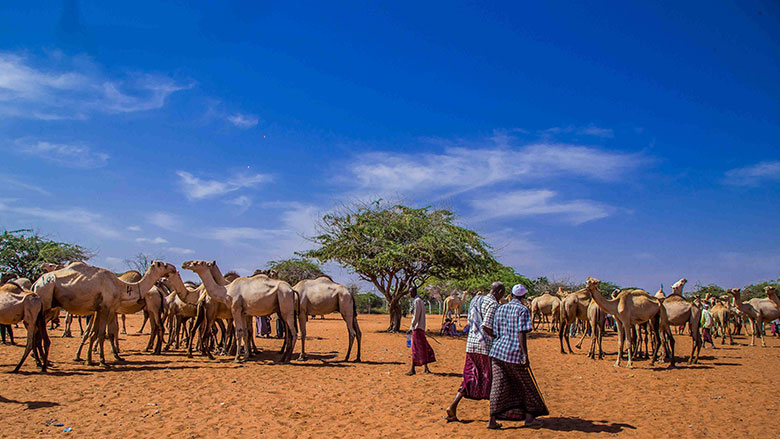
Kenya relies heavily on the agricultural sector, which contributes about 40 per cent of the country’s Gross Domestic Product (GDP). Further, nearly 70 per cent of Kenyans seeks and get their livelihood from agriculture-related sub-sectors.
SOmeone would expect every effort by the Jubilee government to be concentrated on making the multi-billion-shilling sector viably active to raise the standards of living and thereby actualise Vision 2030.
But that is not the case.

The government has failed to implement a lasting solution to the ailing agricultural sector and is to blame for the country’s perennial food crisis.
The World Bank, in its latest economic update, holds a dim view of the government’s commitment to reforming the sector, a major driver of the economy and source of employment for more than half of the population.

“With 83 per cent of Kenya’s land area being arid and semi-arid, one would expect use of irrigation in farming would be a top priority. Nonetheless, only two per cent of arable land is under irrigation, compared to an average of six per cent in sub-Saharan Africa and 37 per cent in Asia,” the report notes.
Just before independence, the World Bank dispatched a mission to Kenya to assist the new nation to develop planning tools for economic growth.
The Economic Development of Kenya (1963) report singled out irrigated agriculture for priority attention.

The mission identified five basins with the greatest potential for rapid economic development through the exploitation of their waters. They were the Tana River, Athi River, Ewaso Nyiro, Lumi (Taveta) and Kenya Nile (Kano swamps reclamation) basins.
The acreage to be irrigated was as follows: Upper Tana Basin at 93,000 acres Lower Tana (400,000), the Kano plains (253,000), Ewaso Nyiro (75,000), Athi River (75,000), while Malawa and other catchments were to have 80,000 acres.

“It has been established that the Upper Tana basin has sufficient water and suitable black soils for the development of 15,000 acres of rice, 8,000 acres of red soil for such crops as tomatoes, onions, citrus, beans and fodder for livestock in the vicinity of Mwea,” the world bank report notes.
The world bank document, which draws data from the Kenya National Bureau of Statistics, Central Bank of Kenya and National Treasury, puts the average fertiliser use at 30kg per hectare, compared to 100kg per hectare in Asia.